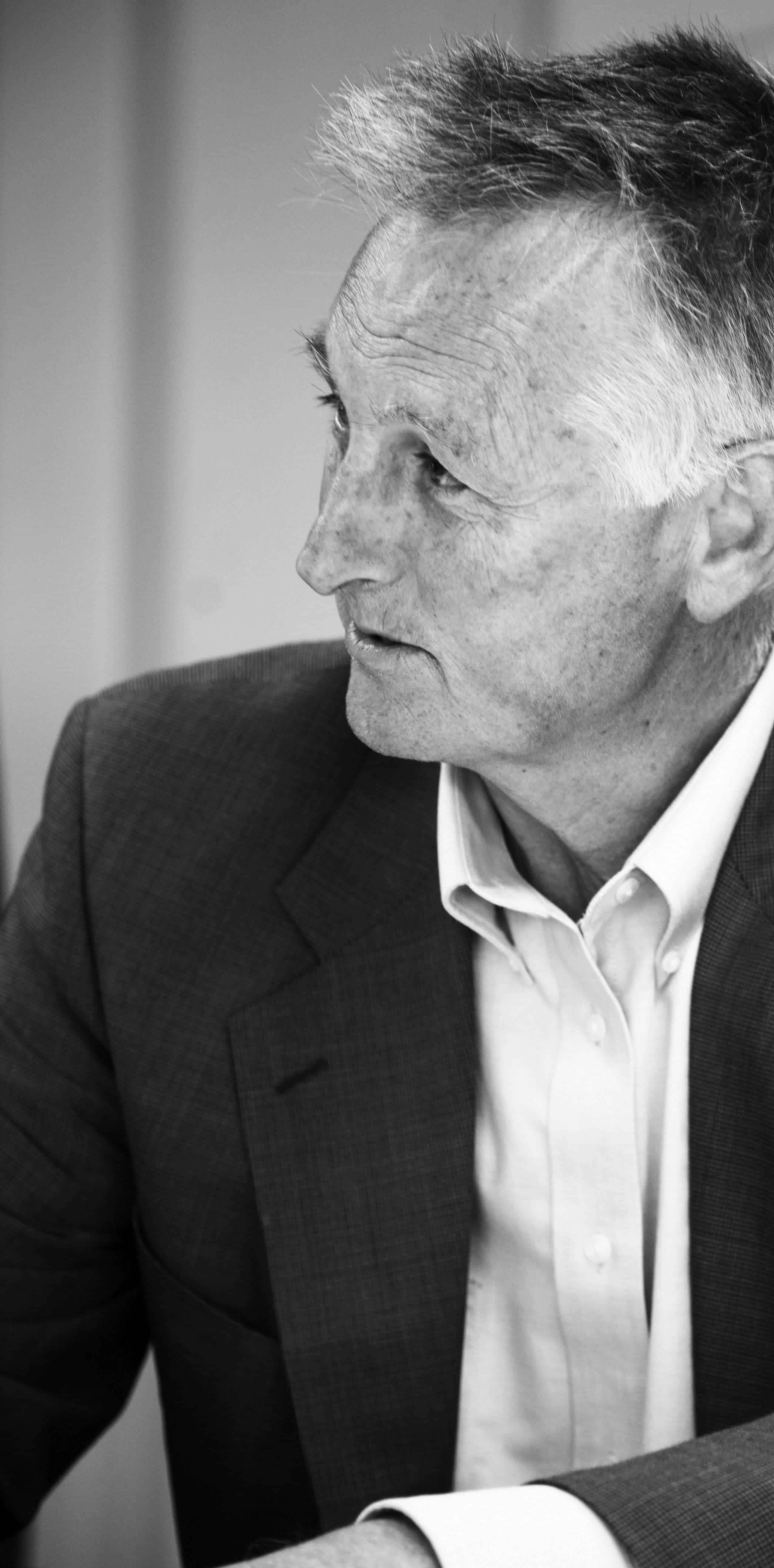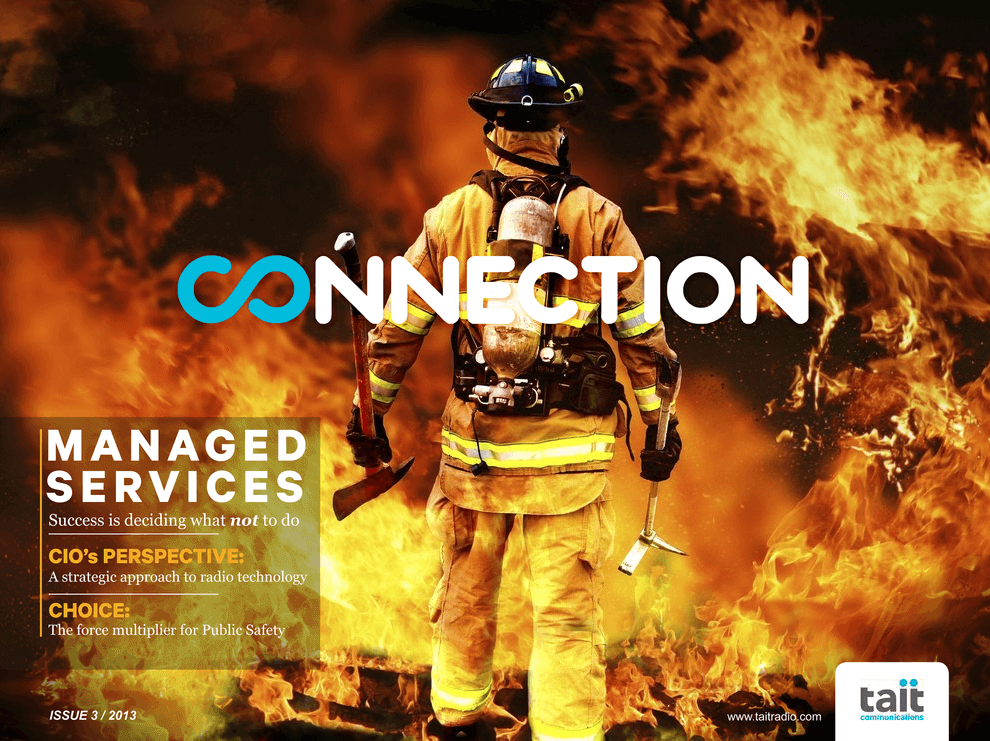A souvenir vendor set up his street shop with scarves showing portraits of former South African President Nelson Mandela near the Hector Peterson Museum in Soweto, Saturday June 29, 2013. The White House issued a statement Saturday that President Barack Obama plans to visit privately with relatives of former South African President Nelson Mandela, but doesn't intend to see the critically ill anti-apartheid activist he has called a "personal hero." (AP Photo/Markus Schreiber)
A souvenir vendor set up his street shop with scarves showing portraits of former South African President Nelson Mandela near the Hector Peterson Museum in Soweto, Saturday June 29, 2013. The White House issued a statement Saturday that President Barack Obama plans to visit privately with relatives of former South African President Nelson Mandela, but doesn't intend to see the critically ill anti-apartheid activist he has called a "personal hero." (AP Photo/Markus Schreiber)
A South African girl holds a poster showing former South African President Nelson Mandela, while her family and other well wishers gather at the entrance to the Mediclinic Heart Hospital where former South African President Nelson Mandela is being treated in Pretoria, South Africa Friday, June 28, 2013. Members of Nelson Mandela's family as well as South African Cabinet ministers have visited the hospital on Friday where the 94-year-old former president is critically ill. (AP Photo/Muhammed Muheisen)
Vendors selling shawls bearing the image of former South African President Nelson Mandela, stands at the entrance to the Mediclinic Heart Hospital where former South African President Nelson Mandela is being treated in Pretoria, South Africa Friday, June 28, 2013. Members of Nelson Mandela's family as well as South African Cabinet ministers have visited the hospital on Friday where the 94-year-old former president is critically ill. (AP Photo/Muhammed Muheisen)
A man looks back as he walk past a mural of former South African president Nelson Mandela in the town of Umtata, South Africa, Friday, June 28, 2013. Members of Nelson Mandela's family as well as South African Cabinet ministers have visited the hospital where the 94-year-old former president is critically ill. (AP Photo/Schalk van Zuydam)
A man passes a advertising board for the Nelson Mandela museum, showing the face of former South African president Nelson Mandela, right rear, in the town of Umtata, South Africa, Friday, June 28, 2013. Members of Nelson Mandela's family as well as South African Cabinet ministers have visited the hospital where the 94-year-old former president is critically ill. (AP Photo/Schalk van Zuydam)
JOHANNESBURG (AP) ? In November, just before Nelson Mandela's health began a long downward spiral, the leader of a project to build a children's hospital named after the former president briefed him on efforts to raise construction funds. Mandela, 94 years old and infirm, was exasperated by the delays. Then the reflexes of the world statesman took over.
"Well, get me a few business people. Sit them around my table here and I'll tell them why this is important," Mandela said, according to Sibongile Mkhabela, CEO of the Nelson Mandela Children's Hospital Trust. The fundraiser didn't happen, but the remark was a poignant hint of the Mandela of old, the charismatic leader who, as Mkhabela put it, "knew how to make people believe in things that were not there yet."
Today Mandela is critically ill in a Pretoria hospital, seemingly close to the end of his life. As the day approaches, whenever it comes, many South Africans are caught in an emotional reckoning. They celebrate this father figure, whose jail-time sacrifice and peacemaking role in the transition from apartheid to democracy resonated worldwide, but they face the hard road of trying to emulate his example and implement his legacy after he is gone.
"There's a part of Mandela in each of us," said Anthony Prangley, a lecturer at the Gordon Institute of Business Science, a University of Pretoria business school whose campus is in Johannesburg.
"It's important to keep that in mind because we can start to see him as someone who is not accessible, or infallible," Prangley said. "In doing so, we miss the potential to learn from his leadership."
Mandela's achievements were historic even though he admitted imperfection and sought to share credit with others. That humility left a deep impression on many who met him.
The anti-apartheid leader spent 27 years in jail, but was seemingly free of rancor on his release in 1990, steering South Africa through a delicate transition to all-race elections that propelled him to the presidency four years later. The outpouring of support for the ailing Mandela, who was taken to the hospital on June 8 for what the government said was a lung infection, attests to his ability to connect and inspire in his country, even if it is struggling to live up to his soaring vision, and around the world.
"If and when he passes from this place, one thing I think we'll all know is that his legacy is one that will linger on throughout the ages," President Obama said in Senegal before arriving in South Africa on Friday as part of an Africa tour. Obama is to meet with Mandela's relatives Saturday, though he has said he will not visit the hospital where Mandela is receiving treatment.
The United Nations has recognized July 18, Mandela's birthday, as an international day to honor themes of activism, democracy and responsibility embodied by the former leader. Organizers of events in his honor suggest participants spend 67 minutes engaged in acts of goodness on that day ? 67 corresponds to the number of years Mandela is said to have spent in public service.
"It's possible for our societies to have 'Mandelas' so long as we don't take away from ourselves the responsibilities to learn, to be better, to aspire to something bigger," said Mkhabela, the CEO. She said she worried when people put Mandela on "such a high pedestal," setting aside the need to follow his humanitarian values.
"This just sounds like another way of saying: 'We don't want to be responsible, we feel and fear in us there is a 'Mandela' that could be unleashed. It's too big a responsibility, too big a challenge,'" she said.
The business world has taken note of Mandela as a role model. He ranked fourth on a list of admired leaders, according to a global survey late last year of 1,330 chief executive officers in 68 countries. Winston Churchill, Steve Jobs and Mahatma Gandhi led the field in the survey, conducted by PricewaterhouseCoopers.
The survey said many CEOs "chose leaders who were persistent in the face of adversity ? as well as transformational leaders and leaders who did the 'right thing.'"
Prangley, the business school lecturer, said a great leader doesn't just inspire and have many followers, but also reaches out to other constituencies. Civil rights leader Martin Luther King Jr., he said, became more effective by winning over white Americans, and Mahatma Gandhi sought to unite Muslims and Hindus, even though India was partitioned. President Obama energized crowds early on but now struggles to rally people when things sour, according to Prangley, who praised Mandela's political skill.
"He understands when to push and when to bring other people to the table," he said of Mandela's skill in balancing firmness and compromise.
Prangley said he met Mandela as a student volunteer in Mozambique in the late 1990s, recalling how the former president told him and his young colleagues that it was a "wizened" group of older leaders who had led the negotiations that ended apartheid.
"In South African society, it was the older generation who began to compromise and brought change," Prangley said. "It was a message to us, as young people at that time, to kind of learn from that experience."
Mandela, though, was hardly a stuffy patriarch. He had cross-generational appeal. He wore colorful, patterned shirts when president and was known for warmth and attention to personal detail despite a somewhat regal, even stiff bearing.
Those who have worked with Mandela, a philanthropist who joined the fight against the AIDS epidemic in South Africa and other humanitarian causes, often share what they learned with colorful anecdotes about the former president, also known by his clan name, Madiba. Achmat Dangor, the former head of the Nelson Mandela Centre of Memory, a Johannesburg-based foundation, picked up tips about the stubborn art of fundraising.
"I've been on occasions with heads of state and certain great persons somewhere who made a pledge, and Madiba called me and said, 'You sit here until they give you something in writing, you don't leave,'" Dangor told a foundation audience in May. "'Thank you, Prime Minister. Your Excellency, thank you.' And yes, I didn't leave without a note. A million pounds came a couple of years later, but it came."
Mandela also stressed the importance of getting opposing sides to speak to each other, said Dangor, who described how he and a colleague once approached Mandela to discuss dialogue initiatives.
Dangor recalled: "He listened very carefully and then he said, 'Listen I want to tell you something. You know, when you get people together who agree with each other, and they're friends, that's not dialogue. That's a chat. Bring together those who disagree with each other.'"
Associated PressNBA Finals Game 7 TWA Flight 800 Slim Whitman Ed Sheeran Jeep Recall Selma Blair George Zimmer
 With the release of the
With the release of the 



 With increasingly sophisticated and aggressive cyber-attacks, security has become a must-have. Not only is access security important, but high-level encryption has also become essential. Radio networks have very high security requirements, due to high government use, and are usually private, ensuring others cannot access transmissions as easily as they can on the public cellular network.
With increasingly sophisticated and aggressive cyber-attacks, security has become a must-have. Not only is access security important, but high-level encryption has also become essential. Radio networks have very high security requirements, due to high government use, and are usually private, ensuring others cannot access transmissions as easily as they can on the public cellular network. This extract is taken from?Connection Magazine, Edition 3. Connection is a collection of educational and thought-leading articles focusing on critical communications, wireless and radio technology.
This extract is taken from?Connection Magazine, Edition 3. Connection is a collection of educational and thought-leading articles focusing on critical communications, wireless and radio technology.